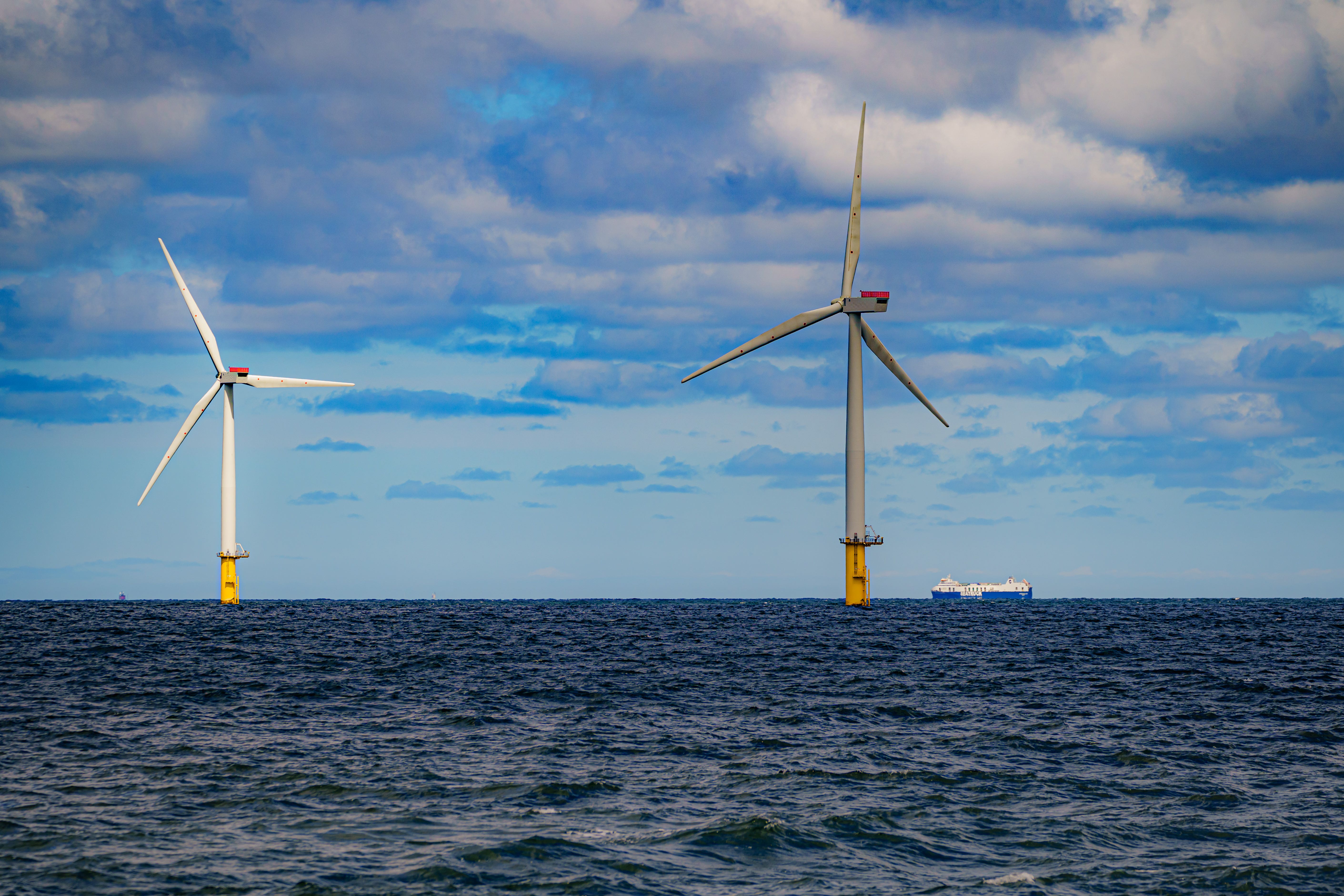Paris Agreement target still alive thanks to clean energy growth, says IEA
Trillions of dollars of investment in clean power is needed this decade to accelerate its growth, the agency has set out in a new report.

Your support helps us to tell the story
From reproductive rights to climate change to Big Tech, The Independent is on the ground when the story is developing. Whether it's investigating the financials of Elon Musk's pro-Trump PAC or producing our latest documentary, 'The A Word', which shines a light on the American women fighting for reproductive rights, we know how important it is to parse out the facts from the messaging.
At such a critical moment in US history, we need reporters on the ground. Your donation allows us to keep sending journalists to speak to both sides of the story.
The Independent is trusted by Americans across the entire political spectrum. And unlike many other quality news outlets, we choose not to lock Americans out of our reporting and analysis with paywalls. We believe quality journalism should be available to everyone, paid for by those who can afford it.
Your support makes all the difference.The window for keeping the Paris Agreement alive has shrunk but remains open thanks to the growth in clean power generation, the International Energy Agency (IEA) has said.
In an update to its roadmap towards net zero by 2050 published two years ago, the IEA said solar power capacity and electric car sales have increased in line with what it said is necessary to achieve the mid-century target of stopping the Earth’s climate heating 1.5C above pre-industrial temperatures.
These two technologies are set to provide a third of the emissions reductions between now and 2030 while innovation has opened new possibilities and lowered costs, the IEA said.
In its 2021 report, it identified technologies that are not yet on the market as providing 50% of the emissions reductions but this has now fallen to 35% – a testament to the speed with which renewable technologies have been developed.
IEA analysts said however that bolder action is needed this decade to meet the 1.5C target and avoid the catastrophic consequences of climate breakdown.
Keeping alive the goal of limiting global warming to 1.5C requires the world to come together quickly
Actions they see necessary this decade are a tripling of global renewable power capacity, a doubling of the annual rate of energy efficiency improvements, a sharp rise in sales of electric cars and heat pumps and a 75% reduction of methane in the energy sector.
Taken together, these measures could account for 80% of the emissions reductions needed by 2030.
IEA executive director Fatih Birol said: “Keeping alive the goal of limiting global warming to 1.5C requires the world to come together quickly.
“The good news is we know what we need to do – and how to do it. Our 2023 Net Zero Roadmap, based on the latest data and analysis, shows a path forward.
“But we also have a very clear message: Strong international co-operation is crucial to success. Governments need to separate climate from geopolitics, given the scale of the challenge at hand.”
Advanced economies are expected to reach net zero sooner allowing developing countries more time, the IEA said, while 45 billion dollars (£36.9 billion) should be invested in providing full access to modern sources of energy for all – an amount that represents just 1% of total energy sector investment.
Clean energy investment must grow from the 1.8 trillion dollars (£1.5 trillion) spent in 2023 to 4.5 trillion dollars (£3.7 trillion) annually by the early 2030s, with a particular focus on developing countries.
Removing carbon from the atmosphere is very costly. We must do everything possible to stop putting it there in the first place
The IEA said no new oil, gas or coal projects are needed, though some investment is required in those that have already been approved, with clean energy expected to displace fossil fuel demand, lowering it by 25% by 2030 and 80% by 2050.
Without such ambitious policies, achieving 1.5C would depend on carbon removal technologies which may never operate at the scale required, the IEA warned.
Nearly five billion tonnes of carbon dioxide would have to be removed every year during the second half of this century if clean energy is not expanded quickly enough, relying on a technology that is expensive and unproven.
Dr Birol said: “Removing carbon from the atmosphere is very costly. We must do everything possible to stop putting it there in the first place.
“The pathway to 1.5C has narrowed in the past two years, but clean energy technologies are keeping it open.
“With international momentum building behind key global targets such as tripling renewable capacity and doubling energy efficiency by 2030, which would together lead to a stronger decline in fossil fuel demand this decade, the Cop28 climate summit in Dubai is a vital opportunity to commit to stronger ambition and implementation in the remaining years of this critical decade.”